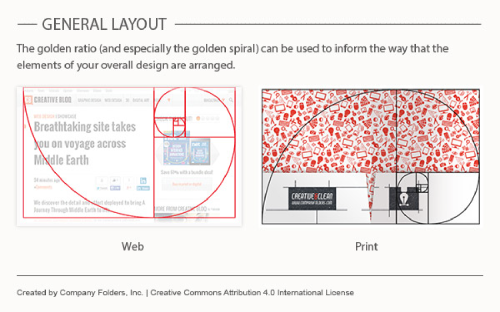vanderwaalrus
chemistry and physics
26 posts
Latest Posts by vanderwaalrus

I had some really nice asks about math encouragement, and so I wanted to share some things from my responses:
Since I was never a math person before my mid-twenties, I had a TON of catching up to do to get my mathematics degree. This meant I couldn’t afford to compare myself to my classmates, because I was so hilariously behind that I had to accept (and even embrace) being dead last in the ranking. I had to acknowledge that as a necessary pre-requisite to attempting a mathematics degree, and I truly believe that attitude is one of the main reasons I was able to complete that degree. Because of this attitude, I was kind to myself. I applauded myself for just being able to be in each room, enrolled in each class, because it was so improbable that a former math illiterate could have gotten there in the first place. I still endeavor to celebrate every victory from ‘Yay! You showed up with your shoes tied and everything’ to ‘Look at you go! You took that really hard test and got a WHOLE THIRD of the points! That so much more than none of the points!’ That mindset kept me going, kept me from being competitive with my colleagues, and kept me feeling fulfilled and proud of my work. I never was a modern-day Gauss, but that’s fine with me. I don’t do math to glorify myself. I do math because it is important, because I love it more than I have ever loved anything. I study mathematics because the only thing I need in this life is to know more about mathematics today than I did yesterday.
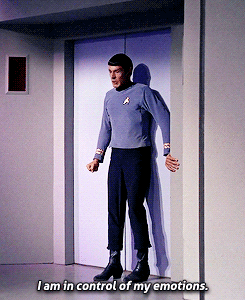


http://smbc-comics.com/comic/rocks
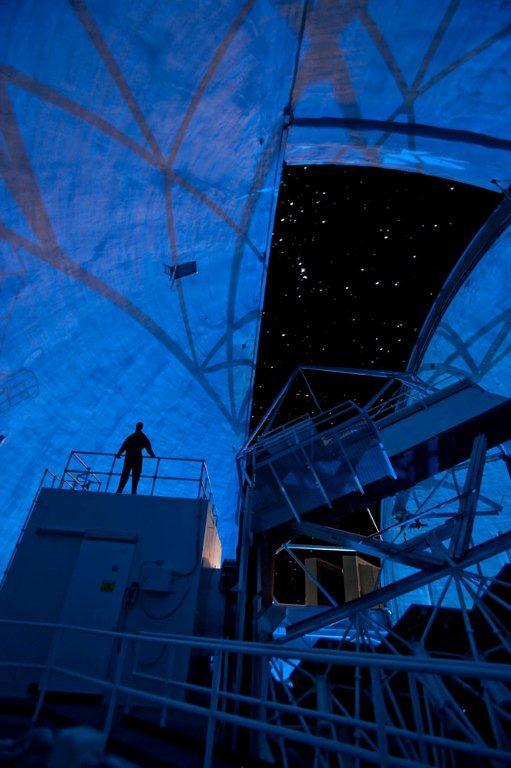
Looking at the stars from the inside of one of the Keck domes, at Mauna Kea.
Math Bro sent me this and I didn’t watch it before an exam and that was a huge mistake. Always watch this before math exams. It’s important.
<3

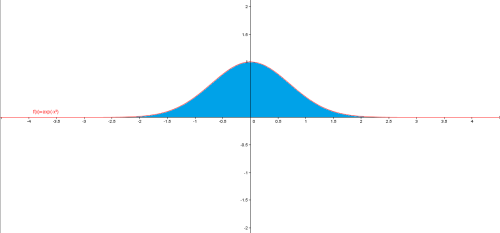
The Gaussian Integral is a beautiful integral for which the area between the e^(-x^2) and the x-axis from negative infinity to positive infinity perfectly equals the square root of pi. Image sources: 1, 2.
life hack
want to see an entire class of physics students make the same hand gesture at once?
step 1: tell them that a charged particle is moving directly “out of the page”
step 2: tell them that a magnetic field points directly to the left
step 3: ask them what direction resultant force points if the particle moves through the field
step 4: watch the entire room start doing one of these numbers with their right hand in some of the most uncomfortable orientations humanly possible.

Remember to look up at the stars and not down at your feet. Try to make sense of what you see and wonder about what makes the universe exist. Be curious. And however difficult life may seem, there is always something you can do and succeed at. It matters that you don’t just give up.
Stephen Hawking, who turns 74 today. Happy birthday! (via astrowhat)

Fibonacci scarf finally done.

For the first time, scientists have discovered a classic formula for pi in the world of quantum physics. Pi is the ratio between a circle’s circumference and its diameter, and is incredibly important in pure mathematics, but now scientists have also found it “lurking” in the world of physics, when using quantum mechanics to compare the energy levels of a hydrogen atom.
Why is that exciting? Well, it reveals an incredibly special and previously unknown connection between quantum physics and maths.
“I find it fascinating that a purely mathematical formula from the 17th century characterises a physical system that was discovered 300 years later,” said one of the lead researchers, Tamar Friedmann, a mathematician at the University of Rochester in the US. Seriously, wow.
The discovery was made when Carl Hagen, a particle physicist at the University of Rochester, was teaching a class on quantum mechanics and explaining to his students how to use a quantum mechanical technique known as the ‘variation principle’ to approximate the energy states of a hydrogen atom.
While comparing these values to conventional calculations, he noticed an unusual trend in the ratios. He asked Friedmann to help him work out this trend, and they quickly realised that it was actually a manifestation of the Wallis formula for pi – the first time it had even been derived from physics.
“We weren’t looking for the Wallis formula for pi. It just fell into our laps,” said Hagen. “It was a complete surprise,” added Friedmann. “I jumped up and down when we got the Wallis formula out of equations for the hydrogen atom.”
Since 1655 there have been plenty of proofs of Wallis’s formula, but all have come from the world of mathematics, and the new results have people freaking out. The results have been published in the Journal of Mathematical Physics.
Continue Reading.

Wave Function
A wave function in quantum mechanics describes the quantum state of an isolated system of one or more particles. There is one wave function containing all the information about the entire system, not a separate wave function for each particle in the system. Its interpretation is that of a probability amplitude. Quantities associated with measurements, such as the average momentum of a particle, can be derived from the wave function. It is a central entity in quantum mechanics and is important in all modern theories, like quantum field theory incorporating quantum mechanics, while its interpretation may differ. The most common symbols for a wave function are the Greek letters ψ or Ψ
The image above shows the comparison of classical and quantum harmonic oscillator conceptions for a single spinless particle. The two processes differ greatly. The classical process (A–B) is represented as the motion of a particle along a trajectory. The quantum process (C–H) has no such trajectory. Rather, it is represented as a wave. Panels (C–F) show four different standing wave solutions of the Schrödinger equation. Panels (G–H) further show two different wave functions that are solutions of the Schrödinger equation but not standing waves.
I really just want someone who’s in the same shoes as me to tell me it’s okay. I mean. All my friends are smart and yeah, they say stuff like “you’re not dumb!!” But im just thinking “well im not smart either”

Today the 2015 Nobel Prize in Physics was awarded, for the discovery that neutrinos can change ‘flavours’ and have mass.
All the science-related Nobel graphics are being compiled here: bit.ly/NobelSci2015









A Harry Potter themed comic from Existential Comics, exhibiting Russell’s paradox in logic and set theory.


Visualization showing the flow of first 10,000 digits of Pi, revealing how the number Pi looks like. Circle is divided in 10 segments, from 0 to 9. Then path is traced, going from the third segment to the first segment. From 1, the path jumps to 4, then back to 1, then 5 and so on. After a while, Pi appears in front of your eyes. The final illustration is beautiful.
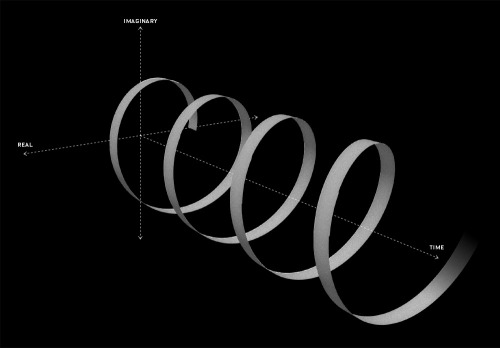

Euler’s Identity: eiπ + 1 = 0. Euler’s Identity is an Equation about constants π and e. Both are “Transcendental” quantities; in decimal form, their digits unspool into Infinity. And both are ubiquitous in scientific laws. But they seem to come from different realms: π (3.14159 …) governs the perfect Symmetry and closure of the Circle; it’s in Planetary Orbits, the endless up and down of light waves. e (2.71828 …) is the foundation of exponential growth, that accelerating trajectory of escape inherent to compound interest, nuclear fission, Moore’s law. It’s used to model everything that grows. What Euler showed is that π and e are deeply related, connected in a dimension perpendicular to the world of real things - a place measured in units of i, the square root of -1, which of course doesn’t … exist. Mathematicians call it an imaginary number. These diagrams are visual metaphors. Imagine a graph with real numbers on the horizontal axis and imaginary ones on the vertical. Exponential function, f(x) = ex, ordinarily it graphs as an upward swooping curve - the very paradigm of progress. But put i in there, Euler showed, and eix instead traces a circle around the origin - an endless wheel of Samsara intercepting Reality at –1 and +1. Add another axis for Time and it’s a helix winding into the Future; viewed from the side, that helix is an oscillating sine wave.The rest is easy: Take that function f(x) = eix, set x = π, and you get eiπ = -1. Rearrange terms and you have the famous identity: eiπ + 1 = 0. That’s the essence of Euler’s alchemy: By venturing off the real number line into this empyrean dimension, he showed that disruptive, exponential change (the land of e) reduces to infinite repetition (π). These diagrams combine the five most fundamental numbers in math - 0, 1, e, i, and π - in a relation of irreducible simplicity. e and π are infinitely long decimals with seemingly nothing in common, et they fit together perfectly - not to a few places, or a hundred, or a million, but all the way to forever.
You can take this farther, too. If you write that function above in a more general but still simple form as f(x) = e(zx), where z = (a + bi), what you get is no longer a circle but a logarithmic spiral, combining rotation and growth - now both at the same time- These graceful spirals are also found everywhere in Nature, from the whorls in a nautilus shell to the sweeping arms of Galaxies. And they’re related, in turn, to the Golden Ratio (yet another infinite decimal, 1.61803 …) and the Fibonacci Sequence of Numbers (0, 1, 1, 2, 3, 5, 8, 13, 21, 34, 55, 89, …). But the weirdest thing about Euler’s formula - given that it relies on imaginary numbers - is that it’s so immensely useful in the real world. By translating one type of motion into another, it lets engineers convert messy trig problems into more tractable algebra - like a wormhole between separate branches of math. It’s the secret sauce in Fourier transforms used to digitize music, and it tames all manner of wavy things in quantum mechanics, electronics, and signal processing; without it, computers would not exist.

LHC Breakthrough Unveils Key Facts about the Fundamental Symmetry of Nature
These measurements may help physicists determine which theory of the Fundamental Laws of the universe is most plausible… http://bit.ly/1G0Eiic
The Hubble Space Telescope Turns 25!

Hubble scientists released this image of the star cluster Westerlund 2 to celebrate the telescope’s anniversary. ©NASA/ESA
Friday, April 24 marks the 25thanniversary of the Hubble Space Telescope. In its quarter-century of operation, Hubble has broadened our understanding of the cosmos like no instrument before it. To mark the occasion, we spoke with Department of Astrophysics Curator Dr. Michael Shara who worked with the Hubble mission during his time at the Space Telescope Science Institute. Dr. Shara and his collaborators have logged over 1000 hours using the telescope for their work on star clusters, novae and supernovae.

Department of Astrophysics Curator Dr. Michael Shara. AMNH/D.Finnin
What did your work with the Hubble Space Telescope entail?
I joined the Space Telescope Science Institute (STSI) in 1982, eight years before the launch of Hubble. I was the project manager for the Guide Star Catalog that is used to target and calibrate the Hubble, and a few years after the telescope was launched, I was responsible for overseeing the peer review committees, which looked over proposals from researchers who wanted to use the telescope.
What was that experience like?
It was amazing to be able to see things coming in astronomy years before they were published. Reading hundreds of proposals and sitting in on deliberations about them was spectacular to watch.
How does it feel to look back on the launch of Hubble, twenty-five years out?
This anniversary is a joyous thing. Watching the deployment of Hubble in 1990 was an amazing, heart-stopping experience.

The so-called Pillars of Creation are one of the most iconic images Hubble has captured. ©NASA/ESA
Hubble’s mission didn’t start out exactly as planned, though, did it?
The first three years were bumpy. When word came back that spherical aberration was preventing Hubble from focusing properly, I think everyone working on the project had the same terrible feeling in the pit of their stomachs. The mission to repair it in 1993 was even more tense than the initial launch, but it was wildly successful, and for the last 22 years, the story of Hubble has been one triumph after another.
What are some things that stand out in Hubble’s history?
It’s hard to pick one, because Hubble has just been a discovery machine. It’s the most productive telescope in history, with thousands of refereed papers published using Hubble data so far. One that stands out is the discovery of dark energy by groups using the Hubble. That was a totally unexpected discovery that essentially lobbed a hand grenade into the world of modern physics.
We also learned much about our own solar system. For example, we saw a comet smash into Jupiter, which helped us understand how frequently these events occur, and what an important role they have played in the development of our solar system.
What makes Hubble such a “discovery machine?”
Part of it is the Hubble Archives. Every image, every spectrum, and every measurement that Hubble takes is stored by STSI. That data is proprietary to the researchers who first gathered it for one year. After that period, the information is free and open to other researchers, as well as the general public. That means there are many astronomers using data in ways the people who gathered it could not have foreseen, like using images that looked for a phenomenon known as microlensing in galaxies to find large populations of novae in those same galaxies.

Jupiter’s moon, Io, passes in front of the gas giant, casting a shadow on its surface. ©NASA/ESA
How has this telescope changed since it was first deployed?
Every few years, Hubble has been upgraded, so it is a much more capable instrument today than when it was launched. The cameras are much more sensitive now, and the infrared and ultraviolet capabilities are vastly better than those available just a few years ago.
After 25 years, how much life does Hubble have left?
Well, the instruments, computers, and gyroscopes on Hubble are doing really well. It’s conceivable that it will be useful until 2021 or 2022. After that, because we don’t have a shuttle program to boost it into a higher orbit, Hubble’s orbit will decay to the point where it finally falls to Earth. But the body of data that Hubble has collected is unmatched, and that information will be put to use for decades to come, and maybe even a century from now.
The height of my bun
is inversely proportional to the number of shits I give that day.
I.e. Top of head bun = 0 shits while neat bun at back of head = lots of shits.
When weather.com has advice for chem sophomores


Light behaves both as a particle and as a wave. Since the days of Einstein, scientists have been trying to directly observe both of these aspects of light at the same time. Now, scientists at EPFL have succeeded in capturing the first-ever snapshot of this dual behavior.
Read More - http://www.rdmag.com/videos/2015/03/first-ever-photograph-light-both-particle-and-wave

my first post..
and I should be writing an essay. seems about right




